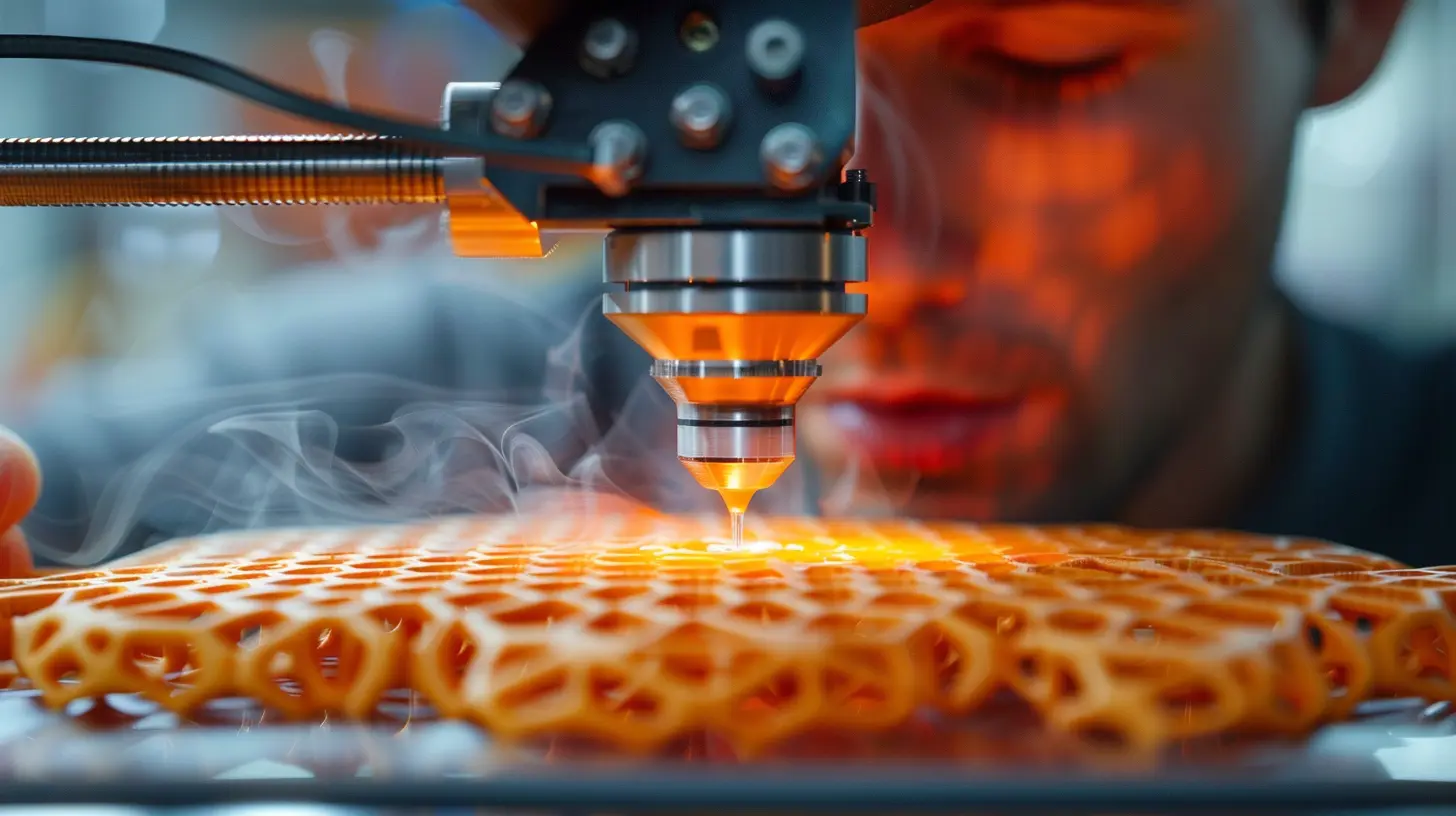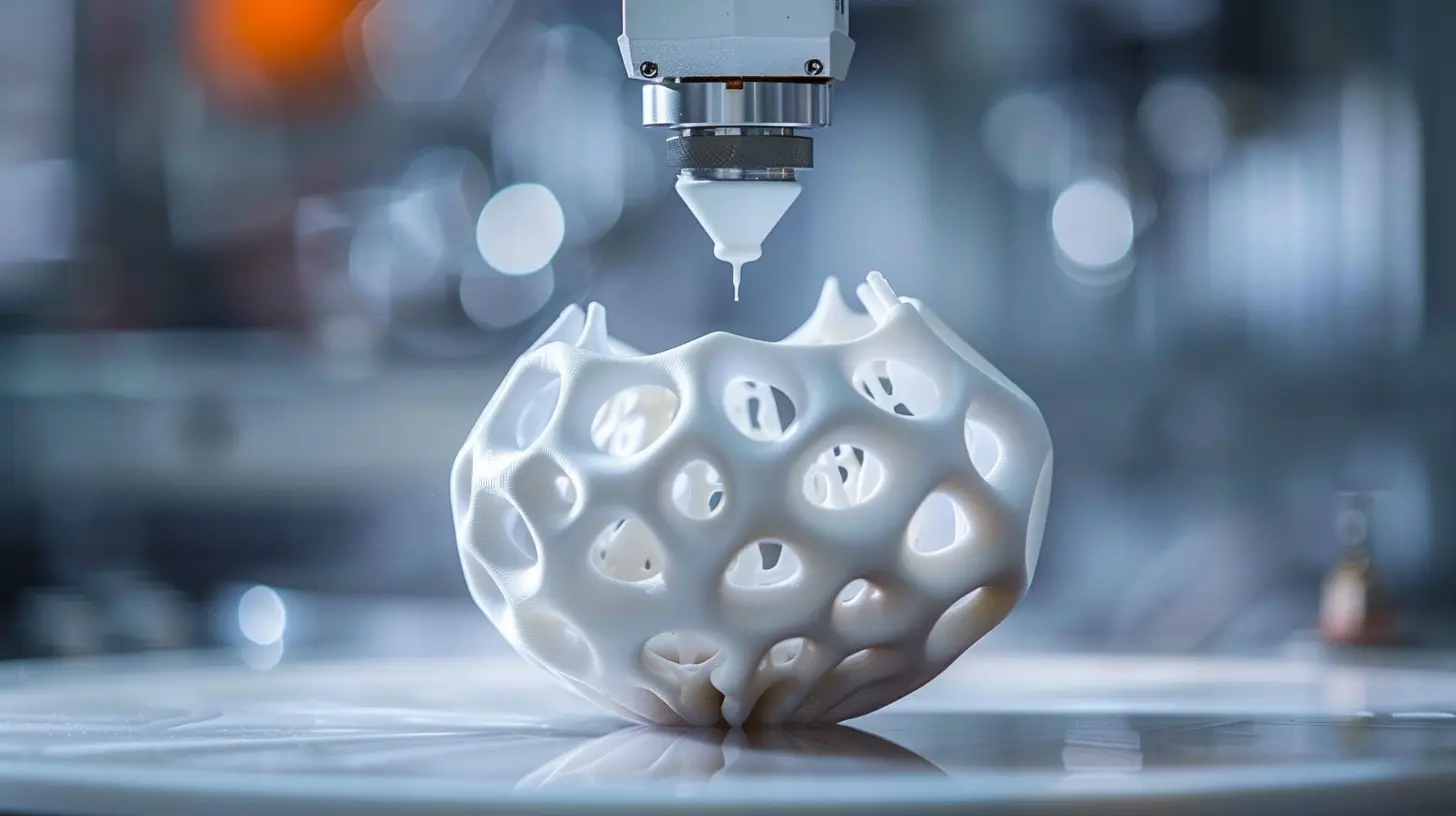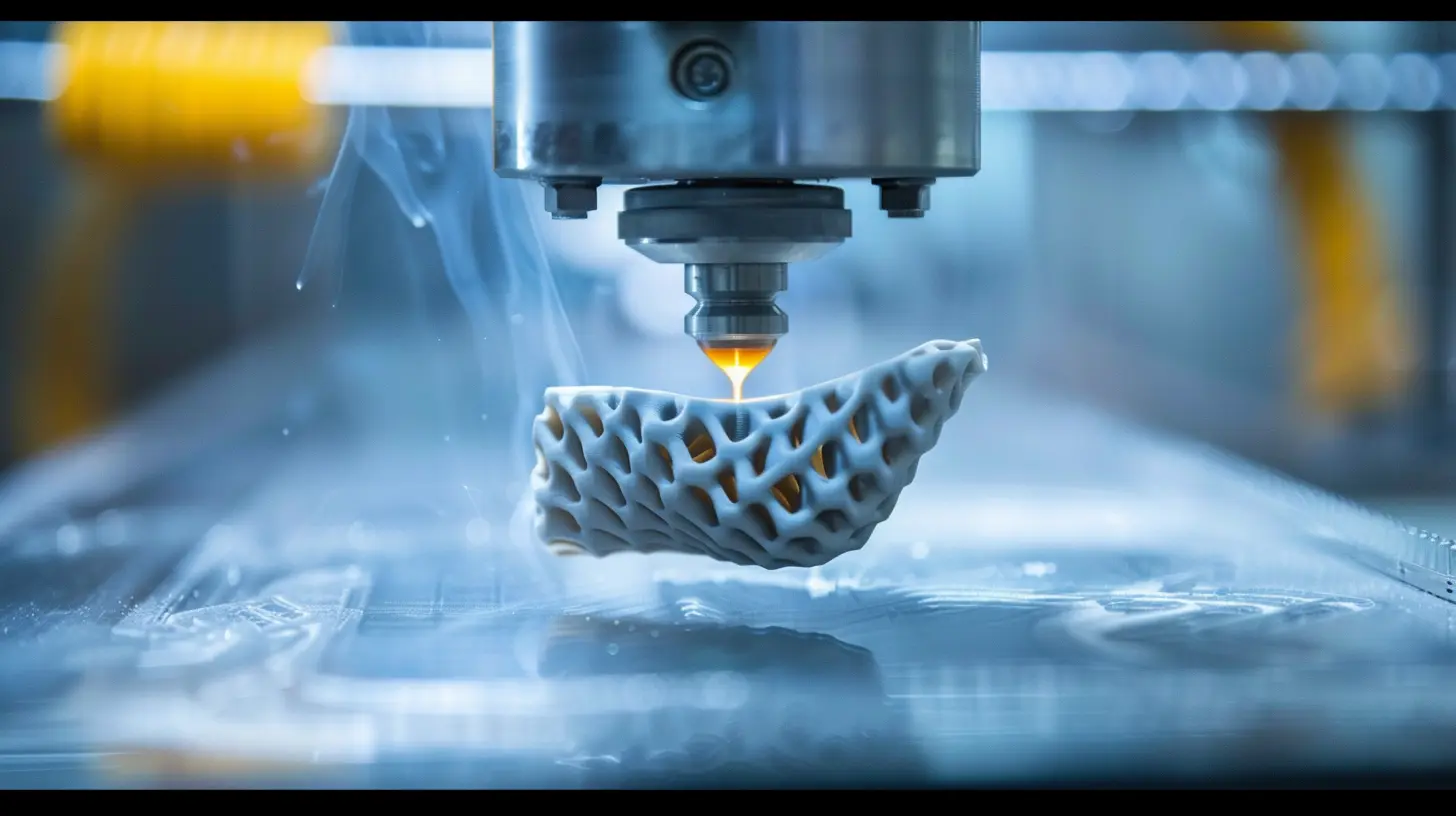How 4D Printing Could Change Product Design Forever
8 August 2025
Technology keeps pushing boundaries, and just when we thought 3D printing was the future, here comes 4D printing! Imagine a world where materials don’t just stay in the shapes they are printed in but can transform, adapt, and respond to the environment. Sounds like something out of a sci-fi movie, right?
Well, it’s not. 4D printing is real, and it has the potential to revolutionize product design across industries. From self-assembling furniture to medical implants that change shape inside the body, this technology could redefine the way we create and use products.
So, what exactly is 4D printing, and how will it change product design forever? Let’s dive in. 
What Is 4D Printing?
At its core, 4D printing builds on 3D printing—but with a futuristic twist. With traditional 3D printing, we create objects layer by layer using static materials. 4D printing, on the other hand, takes things up a notch by using smart materials that can change shape, movement, or functionality over time when exposed to external stimuli like heat, light, water, or electricity.Think of it this way: 3D printing gives you a static sculpture, while 4D printing gives you a living, breathing material that can evolve based on its surroundings.
This is possible thanks to programmable materials—substances that are designed to respond to specific triggers. When these materials interact with their environment, they can bend, fold, stretch, or even self-assemble without any external force. 
How 4D Printing Works
The magic of 4D printing lies in the way materials are programmed. It involves the use of smart materials and advanced printing techniques to create products that can shift their shapes or properties on demand.Key Components of 4D Printing
1. Smart Materials – The heart of 4D printing lies in materials that react to external stimuli. This includes shape-memory polymers, hydrogels, and other programmable substances.2. Environmental Stimuli – These materials respond to triggers like heat, light, water, magnetic fields, or even electrical currents.
3. Advanced 3D Printing Techniques – Unlike traditional printing, 4D printing requires cutting-edge methods to embed programmable behaviors into materials.
A simple example? Imagine a flat sheet of material that, when exposed to heat, folds itself into a cube—without any human intervention. That’s what 4D printing can do! 
The Game-Changing Impact of 4D Printing on Product Design
With 4D printing, product design is no longer about creating rigid, static objects. Instead, designers can develop self-evolving, adaptive, and multi-functional products that change based on user needs or environmental conditions.Here’s how this breakthrough technology could shake up various industries:
1. Revolutionizing Manufacturing and Supply Chains
One of the biggest advantages of 4D printing is reducing the need for complex assembly processes. Imagine instead of manufacturing multiple parts and assembling them, a single printed component could morph into its final structure on its own.- Lower production costs – Fewer parts mean less material waste and lower shipping costs.
- Faster assembly – Components that self-assemble reduce the need for complex manufacturing steps.
This could completely transform supply chains, making products cheaper and more efficient to produce.
2. Self-Healing and Adaptive Materials in Infrastructure
Cities of the future could be built using 4D-printed materials that self-repair and adapt to their environments. This means:- Bridges that fix their own cracks after damage.
- Buildings that adapt to weather conditions by expanding or contracting.
- Pipes that change shape based on water pressure to prevent leaks or bursts.
With smart materials, infrastructure would become safer, more durable, and cost-effective over time.
3. Transforming Healthcare and Medicine
The medical field could experience one of the biggest revolutions with 4D printing. Custom implants, stents, and even drug delivery systems could be designed to adjust to patients’ needs dynamically.- Imagine a stent that adapts over time to a patient’s arteries, reducing the need for follow-up surgeries.
- Smart drug delivery systems that release medication only when needed, improving treatment effectiveness.
- Bioprinted tissues that grow and change, responding to the human body to enhance healing.
This could be a game-changer for personalized medicine, ultimately improving patient outcomes.
4. Smarter, More Functional Fashion and Wearable Tech
Clothing and accessories aren’t immune to the 4D printing revolution. Imagine:- Shoes that adapt to your foot’s shape based on temperature changes.
- Clothes that adjust their insulation depending on the weather.
- Wearables that morph into different designs throughout the day.
The fashion industry is already experimenting with responsive textiles that change color or adjust fabric density automatically. With 4D technology, clothing will no longer be static—it will be alive and evolving.
5. Space Exploration and Aerospace Engineering
NASA and other space agencies are looking at 4D-printed materials for self-repairing spacecraft components and shape-shifting structures. In space, where maintenance is tricky, having materials that can self-heal or adjust without human intervention could be invaluable.Potential breakthroughs include:
- Satellites that change shape to optimize solar energy absorption.
- Space habitats that expand or contract based on environmental conditions.
- Self-repairing spacecraft materials, reducing the need for costly missions to fix damaged structures.
With 4D printing, we could create items perfectly suited for extreme environments—paving the way for more resilient and adaptive space exploration. 
The Future of 4D Printing
It’s clear that 4D printing is not just an upgrade of 3D printing—it’s a paradigm shift. While the technology is still in its early stages, research is progressing rapidly, and many industries are already experimenting with real-world applications.Challenges to Overcome
Of course, like any emerging technology, 4D printing does have its hurdles:- Material limitations – More research is needed to develop durable, cost-effective smart materials.
- Scalability issues – Right now, 4D printing is mostly experimental, and large-scale production is still a challenge.
- High costs – The technology is not yet affordable for mainstream adoption, though prices are expected to drop over time.
Despite these obstacles, the potential is too big to ignore. Innovators across the world are pushing forward, and as breakthroughs continue, we could soon see 4D printing integrated into everyday life.
Final Thoughts
We are standing on the edge of a technological revolution. 4D printing has the power to reshape industries, redefine product design, and change the way we interact with the world around us. From self-healing bridges to smart clothing and space exploration, the possibilities are mind-blowing.While challenges remain, one thing is certain—4D printing is the future of design. It’s not just about creating objects; it’s about creating materials that can evolve, adapt, and bring the impossible to life.
So, are you ready for a world where products redefine themselves? Buckle up, because the future of design is about to get a whole lot smarter!
all images in this post were generated using AI tools
Category:
Emerging TechnologiesAuthor:

Kira Sanders
Discussion
rate this article
2 comments
Darby Harmon
Imagine a world where products evolve after creation—4D printing blurs the lines between static and dynamic. What secrets lie in the future of design? Prepare for the unexpected.
December 15, 2025 at 8:47 PM
Thane Duke
Exciting insights! 4D printing truly revolutionizes product design!
August 9, 2025 at 4:51 AM

Kira Sanders
Thank you! I'm glad you found the insights exciting—4D printing indeed has the potential to transform product design in remarkable ways!


